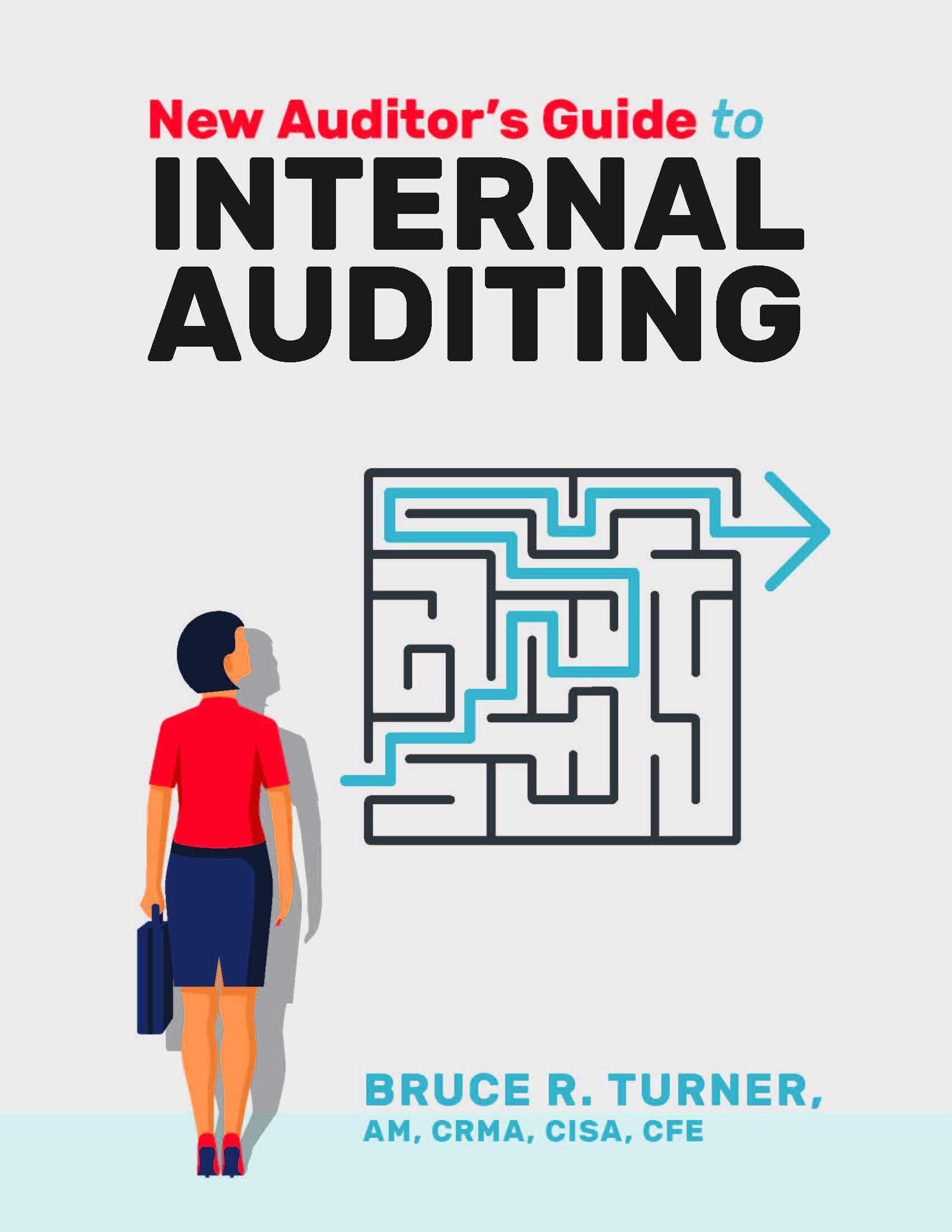Question
1. Classify the following costs into Internal, External, Prevention or Appriasal costs. a) ISO 9000 is a family of international quality standards. These standards center
1. Classify the following costs into Internal, External, Prevention or Appriasal costs.
a) ISO 9000 is a family of international quality standards. These standards center on the concept of documentation and control of nonconformance and change. ISO 9000 certification can be a requirement of doing business (e.g., in Europe). Also, many companies have found that the process of applying for ISO 9000, while lengthy and expensive, yields important benefits in terms of self-knowledge. U.S. companies are using ISO 9000 certification as a competitive tool, as well.
b) Ecoefficiency is the belief that organizations can produce more competitively priced goods and services that satisfy customer needs while simultaneously reducing negative environmental consequences, resource consumption, and costs.
c) The four objectives are to (1) reduce environmental impact, (2) reduce environmental liability, (3) reduce consumption of resources, and (4) increase product value.
d) The four opportunities for improving ecoefficiency are (1) process improvement and innovation, (2) revalorization of products, (3) redesign of products, and (4) new ways of meeting customer needs.
e) An environmental cost is a cost incurred because poor environmental quality exists or may exist.
f) The four categories of environmental costs are prevention, detection, internal failure, and external failure. Prevention costs are costs incurred to prevent degradation to the environment. Detection costs are incurred to determine if the firm is complying with environmental standards. Internal failure costs are costs incurred to prevent emission of contaminants to the environment after they have been produced. External failure costs are costs incurred after contaminants have been emitted to the environment.
g) Realized external failure costs are environmental costs paid for by the firm. Unrealized or societal costs are costs caused by the firm but paid for by third parties (e.g., members of society bear these costs).
h) Full environmental costing means that all environmental costs are assigned to the product, including societal costs. Full private costing means that only private costs are assigned to products.
i) An activity-based environmental cost per unit of product signals two things. First, it indicates how much opportunity exists for improving environmental and economic performance. Second, it is a measure of the relative cleanliness of products. The dirty products should receive greater attention than the ones that are clean.
Step by Step Solution
There are 3 Steps involved in it
Step: 1

Get Instant Access to Expert-Tailored Solutions
See step-by-step solutions with expert insights and AI powered tools for academic success
Step: 2

Step: 3

Ace Your Homework with AI
Get the answers you need in no time with our AI-driven, step-by-step assistance
Get Started


